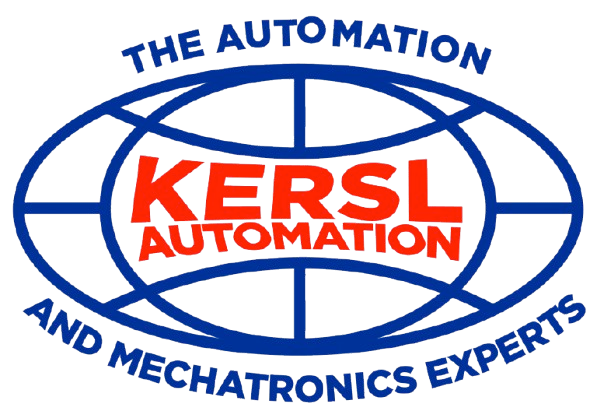Introduction to Process Control
This is a basic course on process control components and how they work. It is designed for entry level control and instrument technicians. Elements of a control loop such as various transmitter types, current-to-pressure (I/P) transducers, actuators, etc., are studied in this course. Learn why some devices fail much more often than others and why some functions are not allowed or are range is limited. Study how measurement, feedback, lead and lag functions work.
Curriculum
1. Basic function of control systems
- control steps, control loops, input and output, signal transfer, transfer medium, types of signals
2. Basic elements of control loops
- sensors, indicators and recorders, fundamentals of process instrumentation, flow transmitters, controllers, final control elements
3. Transmitters and their function in the control loop
- Pneumatic transmitters (standard signal range, operation, calibration, zero adjustment, range adjustment, electronic transmitters (adjusting electronic ‘transmitters, power supply, input and output)
4. Transducers and converters
- I/P and P/I converters, I/I converter
5. Controllers
- Function of controllers (direct- or reverse-acting, considering time, types of control modes)
6. Control modes
- On-off control, proportional band control, reset or integral mode, derivative or rate mode, tuning
7. Programmable logic controllers
- (Treatment of this topic is only at a high-level in this course)
8. Final control elements
- Function of final control elements
9. Actuators
- Diaphragm design, adding a valve positioner, hydraulic piston actuators, motor actuators
10. Performance characteristics
11. Other final control elements
- Single element control loops, cascade control, feed-forward control, ratio control
